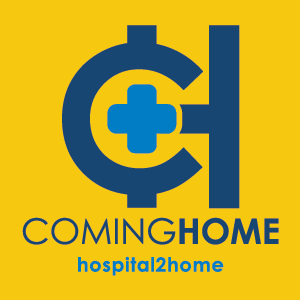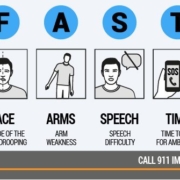Diabetes myths
In collaboration with health hub Coming Home Organization brings you educational Diabetes myths that will help to know more about diabetes and how to take care of yourself.
Some of the Diabetes myths includes:
- Diabetes is Caused by Eating Too Much Sweet Food
Not necessarily. Diabetes is a chronic disease that is marked by high blood glucose levels, which result from the body’s inability to produce insulin or respond to it efficiently.
Insulin is responsible for reducing blood glucose levels in the body when it is too high. Although eating sweet food may not cause diabetes, a diet high in sugar and fat can lead to obesity, increasing the risk of developing type 2 diabetes
-
Diabetes Can Be Cured
Diabetes is a chronic disease with no cure. However, the condition can be managed to prevent complications from arising.
- People with Diabetes Should Avoid Carbohydrates
This can be one of the biggest Diabetes myths. Generally, Carbohydrates may raise blood glucose levels as they are broken down into glucose to provide energy for the body.
However, carbohydrates are present in a variety of food (including fruit and vegetables), which may also be important sources of other nutrients. Hence, it may not be practical to totally avoid carbohydrates. Consult a dietician, who can offer advice on a suitable diet for diabetic patients.
Diabetics Can Eat Snacks or Candies with No Added Sugar or That Are Diabetic-friendly
Snacks or candies that have no added sugar or that are made for diabetics are preferred alternatives to regular snacks since they may contain less sugar; the sugar in these products may have been replaced by artificial sweeteners.
However, snacks or candies tend to be of low nutritional value and can be high in fat. Hence, it would be a good practice to take a look at the content of the products before consumption and to take them in moderation.



